Research facilities
Situated at 78° 55′ N, 11° 56′ E in the core of a vast Arctic wilderness with exquisite surroundings, Ny-Ålesund, Svalbard, has since the mid-sixties formed a thriving research community. The site comprises institutions from ten nations from around the world, and activities have been increasing rapidly the last few years.
Research on environmental and earth sciences form the core of the activities taking place here, even if such research at these latitudes is challenging. Since access is made easy, the climate is relatively mild, and the infrastructure is well developed, the village makes an attractive land-based entrance for many fields of science in the High North.
Kings Bay AS is the owner of Ny-Ålesund and the surrounding areas, and provides infrastructure and general services for both visiting scientists and permanent residents of the research institutions.
Kings Bay AS aims at keeping local human impact on the environment as low as possible. By doing this we focus on operating Ny-Ålesund in a sustainable manner – to the best of Arctic research and monitoring.
Terms & Conditions
Lab manager: engineer@kingsbay.no +47 790 27 270
Ny-Ålesund Research Station
Detailed information about the research activities in Ny-Ålesund, about how to plan and execute a research project here, and a comprehensive description of the research infrastructure available to researchers is provided on the web site for Ny-Ålesund Research Station.
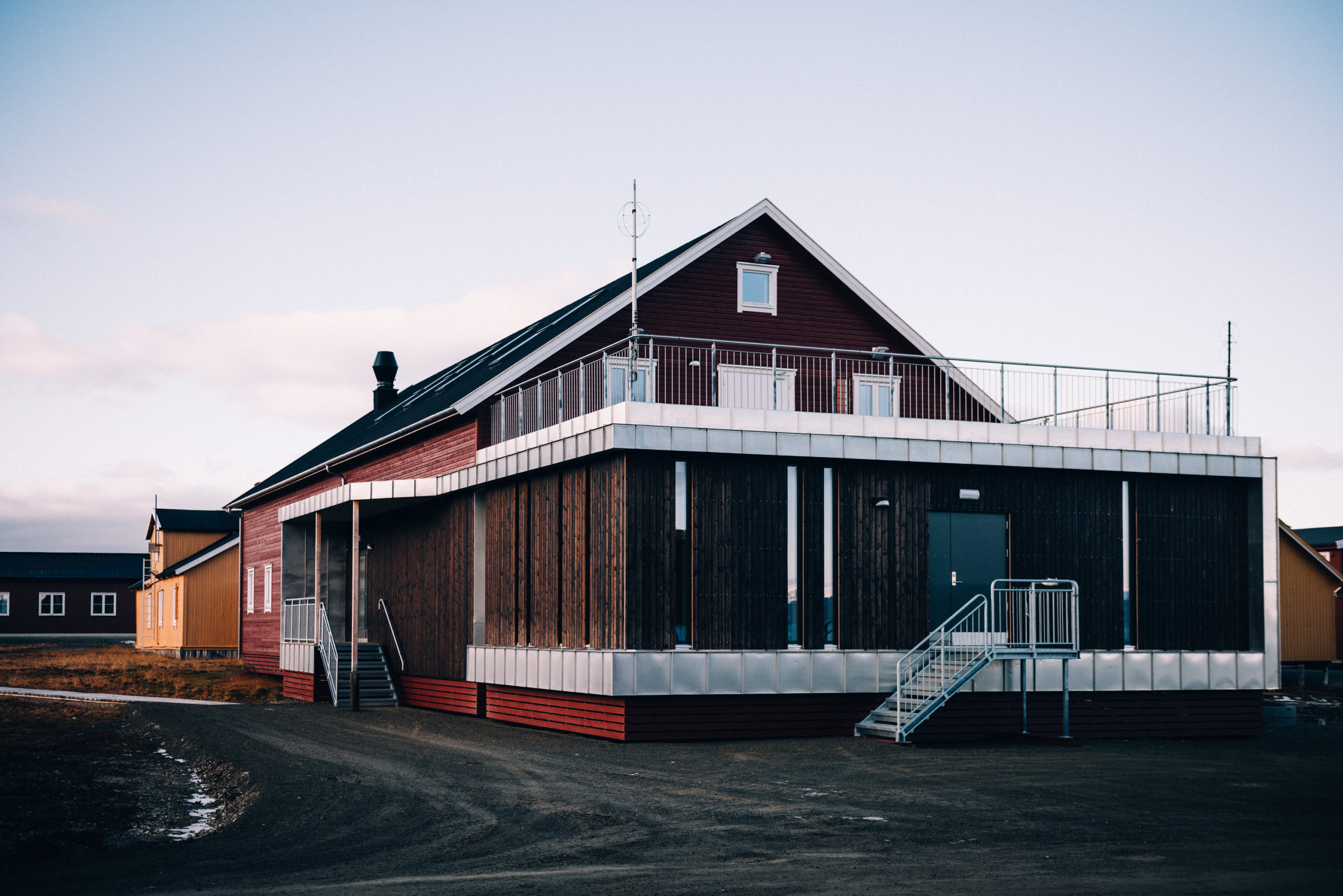
Veksthuset
The terrestrial laboratory Veksthuset is located in the middle of Ny-Ålesund and includes brand new dry and semi-wet lab facilities.
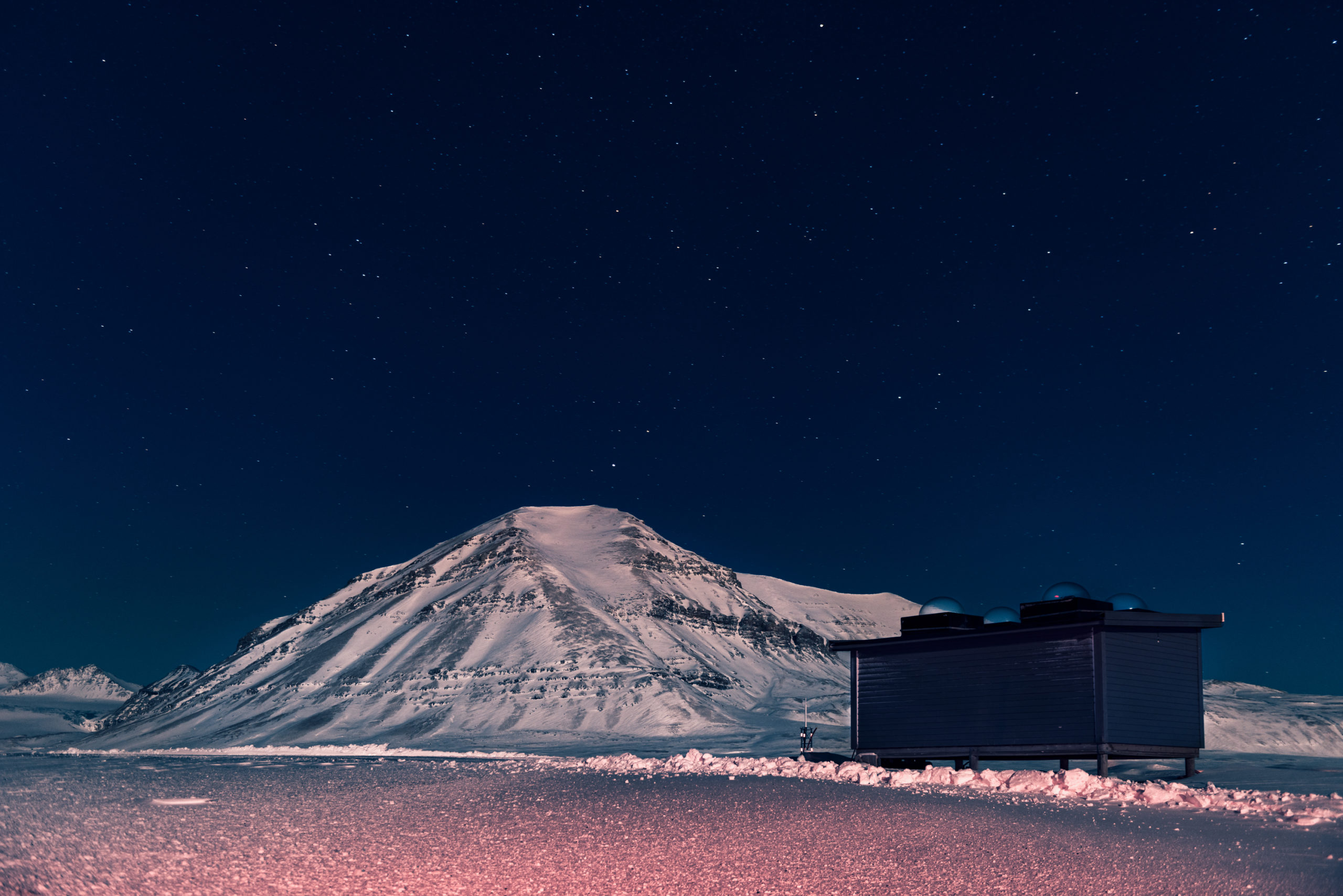
Light Sensitive Cabin
The Light Sensitive Cabin is located 2,5 km from the centre of Ny-Ålesund and is for research and instruments that needs to get away from the light pollution from Ny-Ålesund.
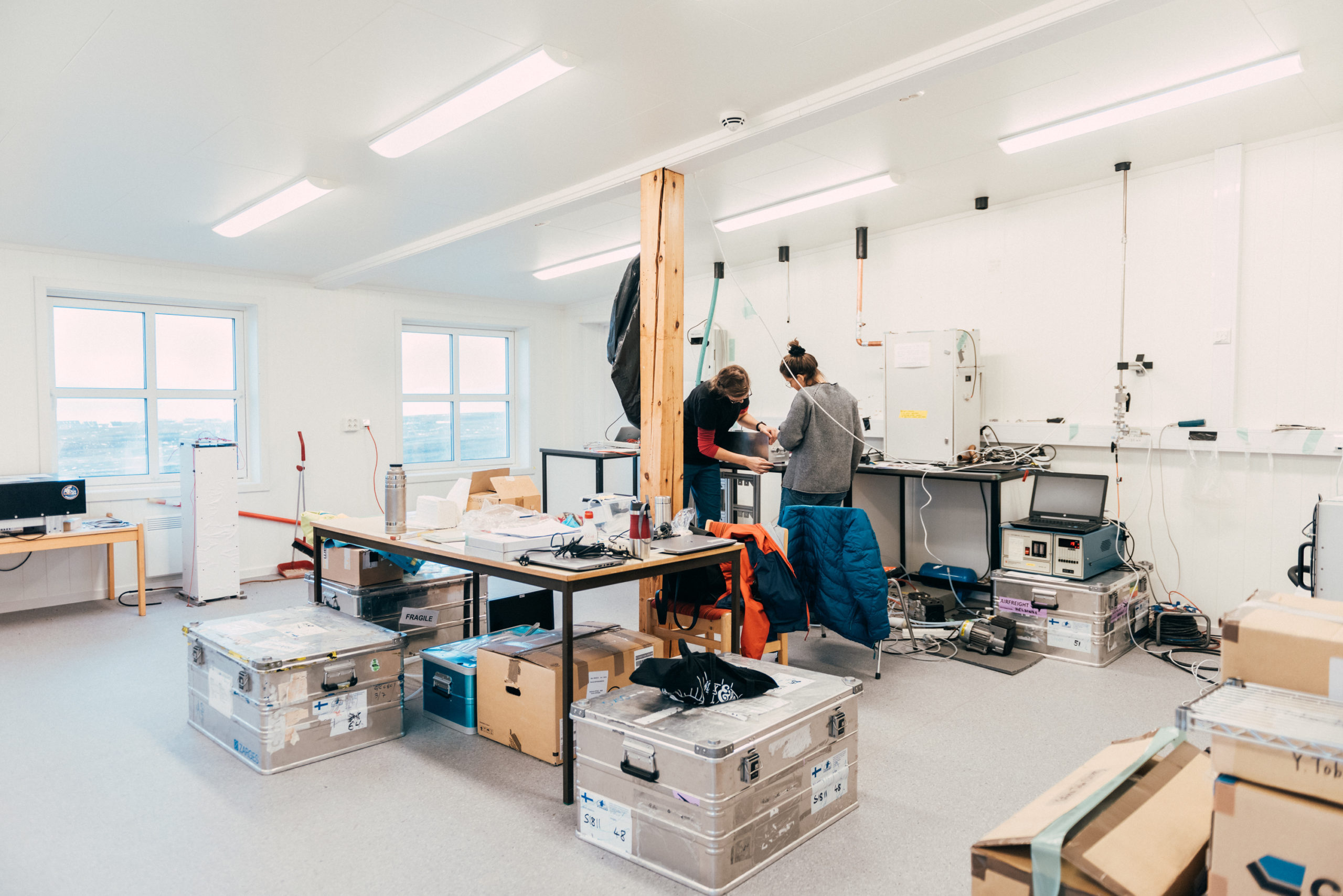
Gruvebadet Atmosphere Laboratory
Gruvebadet is an atmosphere laboratory and observatory located midway between Ny-Ålesund, the Zeppelin observatory and the Climate Change Tower. The building currently hosts instruments for, among others, aerosols sampling.
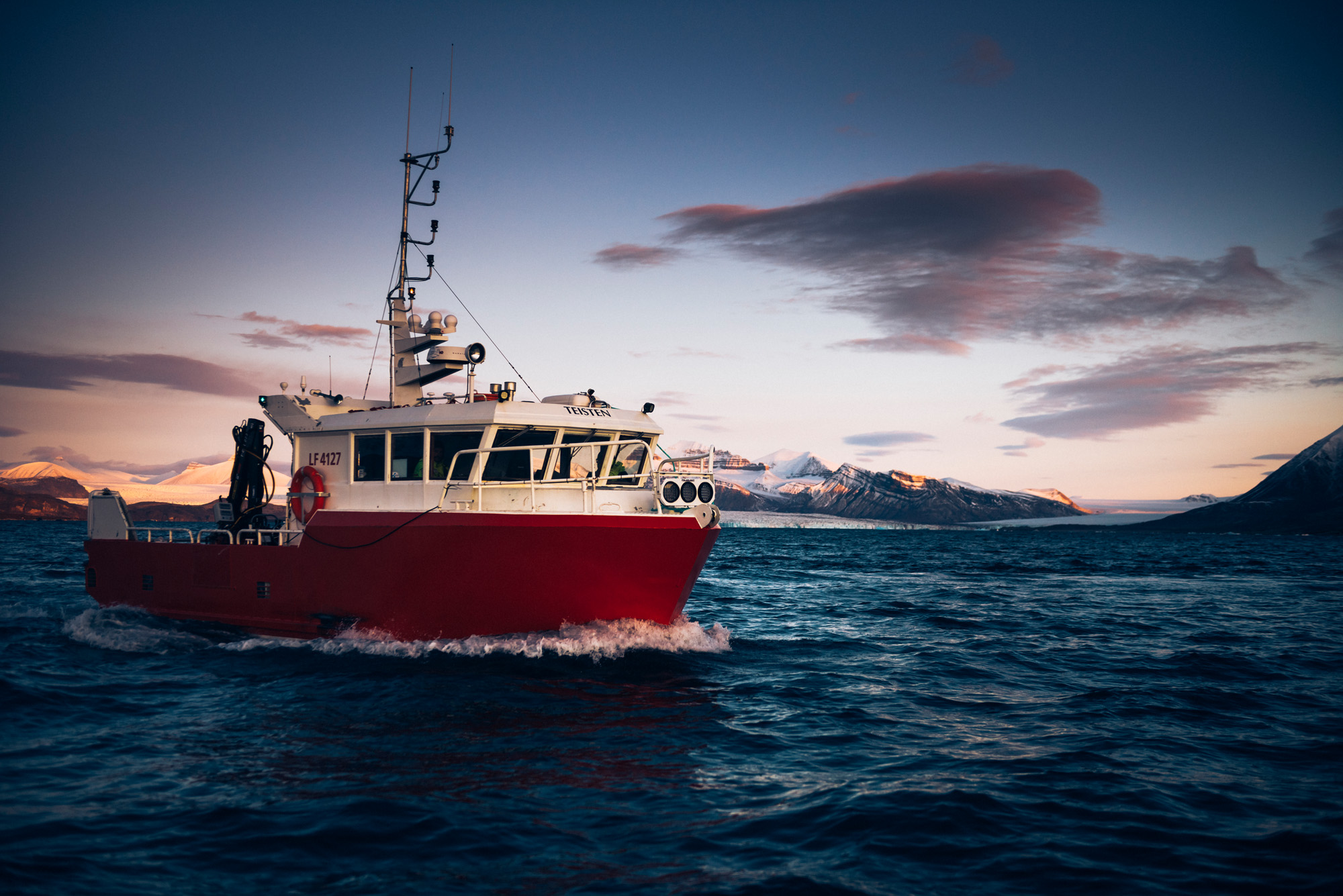
MS Teisten
MS Teisten is a small work boat owned and operated by Kings Bay AS. The boat is 31 feet long and equipped to do smaller scientific operations, transportation and survey in Kongsfjorden and Krossfjorden. Safety equipment is available on board (life raft, life belts and survival suits).
The boat, including captain, fuel and sampling equipment, can be rented by all scientists visiting Ny-Ålesund. Five passengers in addition to the skipper onboard is maximum capacity for sightseeing and transport. For scientific work the maximum number of passengers on board is restricted to four. It is also possible to rent a technician to have an field assistant on board.
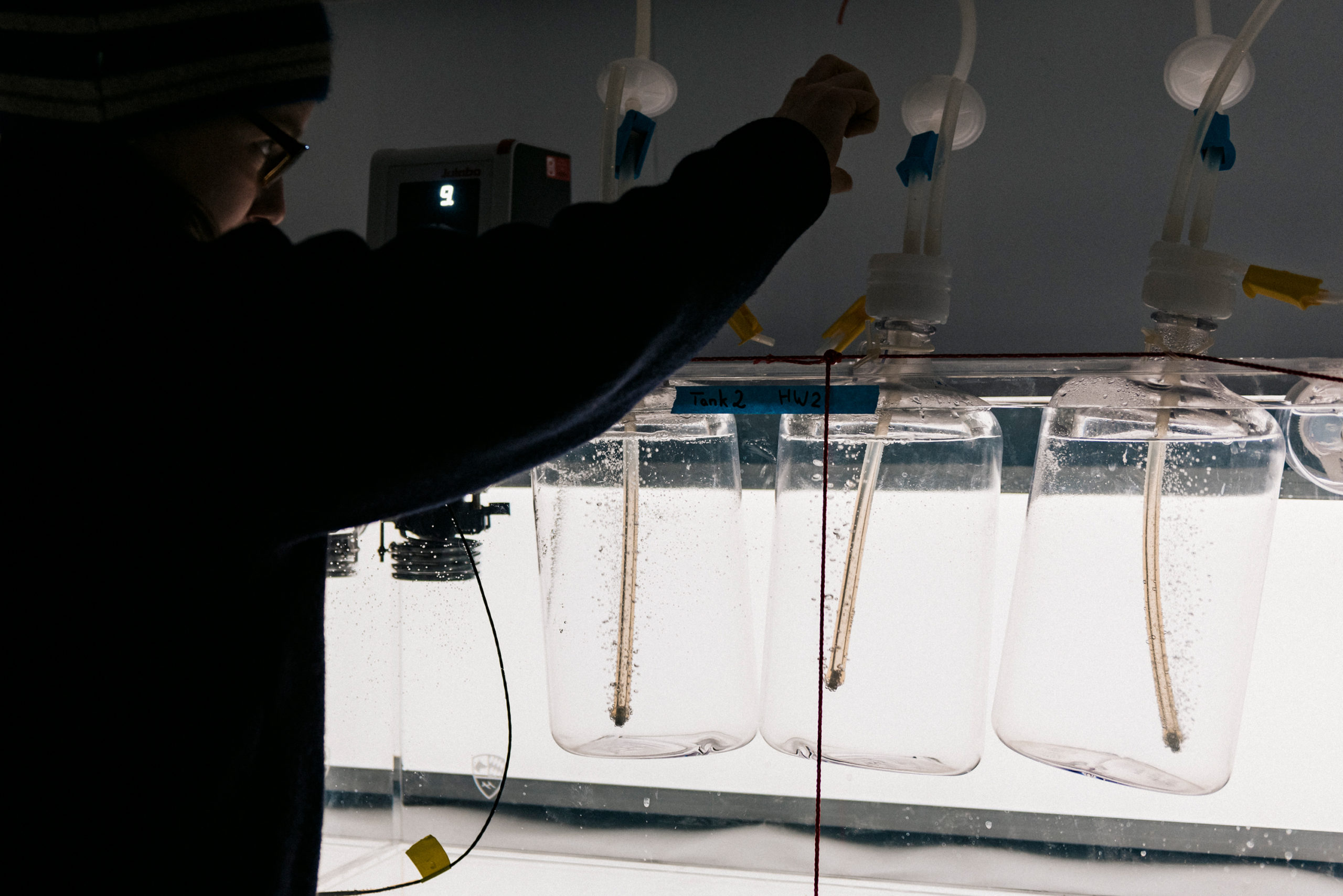
Marine Laboratory
The Kings Bay Marine Laboratory in Ny-Ålesund, owned and managed by Kings Bay AS, is the first common research infrastructure in Ny-Ålesund. It was officially opened 1 June 2005.
It is the northernmost experimental laboratory for research in marine ecology, physiology, biochemistry, as well as physical sciences like oceanography, marine geology and ice physics.
The laboratory is located right on a beach with easy access to boats. It contains smaller rooms with system-controlled experimental variables like air and seawater temperature. It is also appropriate for experiments under ambient conditions.
The laboratory space and equipment are rented out on commercial basis. It is open to all researchers on the same premises.
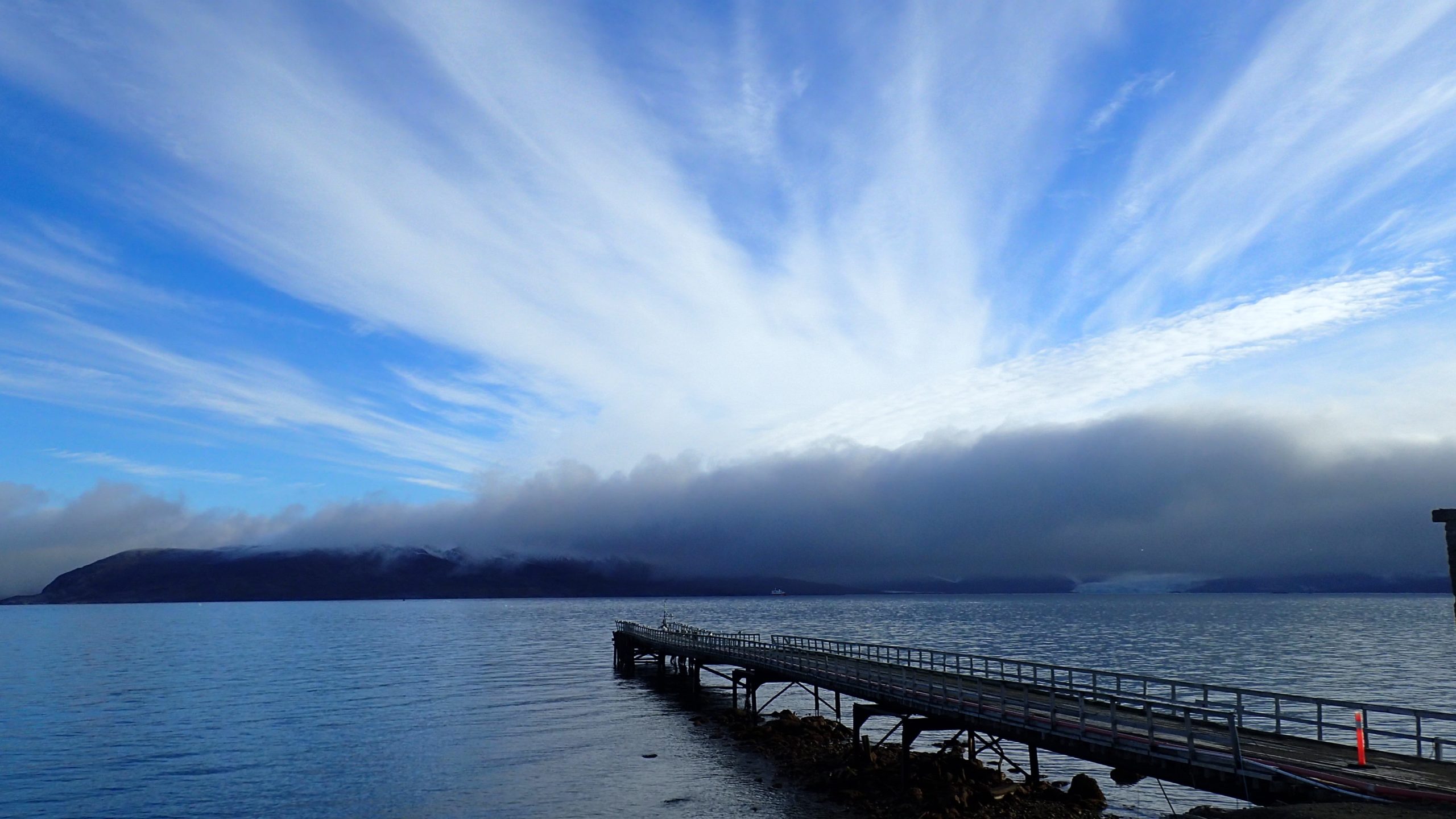
The Old Pier
The Old Pier has served as an access point to the water, and the AWIPEV underwater observatory is located here. The Old Pier is currently CLOSED for operation due to safety issues.
Safety issues & radio silence
This is a very important part of staying in Ny-Ålesund.
For watchman call 9
The Zeppelin Observatory is located on the Zeppelin Mountain, 472 m asl, above the local inversion layer, so that interference from local pollution is minimal.